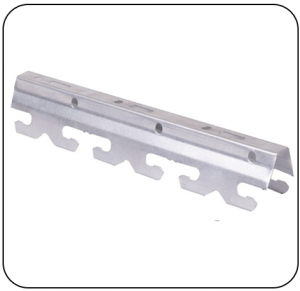When it comes to ceiling options, suspension ceilings are a popular choice among homeowners and contractors alike. These types of ceilings not only provide a modern and sleek look, but also offer numerous practical benefits such as easy installation and maintenance, soundproofing, and improved insulation.
In this comprehensive guide, we will discuss everything you need to know about installing a suspension ceiling for beginners. From the materials you’ll need to step-by-step instructions, by the end of this guide you’ll have all the knowledge necessary to confidently tackle your own suspension ceiling project.
Materials Needed
To install a suspension ceiling, you will need the following materials:
- Ceiling tiles
- Suspended ceiling grid
- Level
- Measuring tape
- Screws and screwdriver
- Ladder or scaffolding (depending on the height of your ceiling)
Step-by-step Instructions
- Measure the area: The first step in installing suspension ceilings is to measure the area where you want to install it. This will help determine how many materials you’ll need to purchase.
- Prepare the space: Before starting any installation, make sure the space is clean and free from any debris or obstacles. This will ensure a smooth and efficient installation process.
- Install the suspension grid: Start by installing the perimeter track around the edges of the ceiling using screws and a level to ensure it is straight. Then, install main tees in a grid pattern according to your ceiling measurements.
- Install cross tees: Once the main tees are in place, install the cross tees perpendicular to them at regular intervals. This will create a grid for the ceiling tiles to sit on.
- Cut and insert ceiling tiles: Measure and cut the ceiling tiles according to your grid layout and insert them into the grid system. Make sure they fit snugly into place.
- Finishing touches: Once all the tiles are installed, you can add any additional lighting fixtures or vents as needed.
Tips and Tricks
- Always double check your measurements before cutting any materials to avoid costly mistakes.
- Use a ladder or scaffolding for higher ceilings to ensure safety while installing the suspension system.
- Make sure to leave enough space between the original ceiling and the suspended one to allow for proper ventilation.
- If you’re unsure about any steps, consult a professional or refer to installation instructions provided by the manufacturer.



